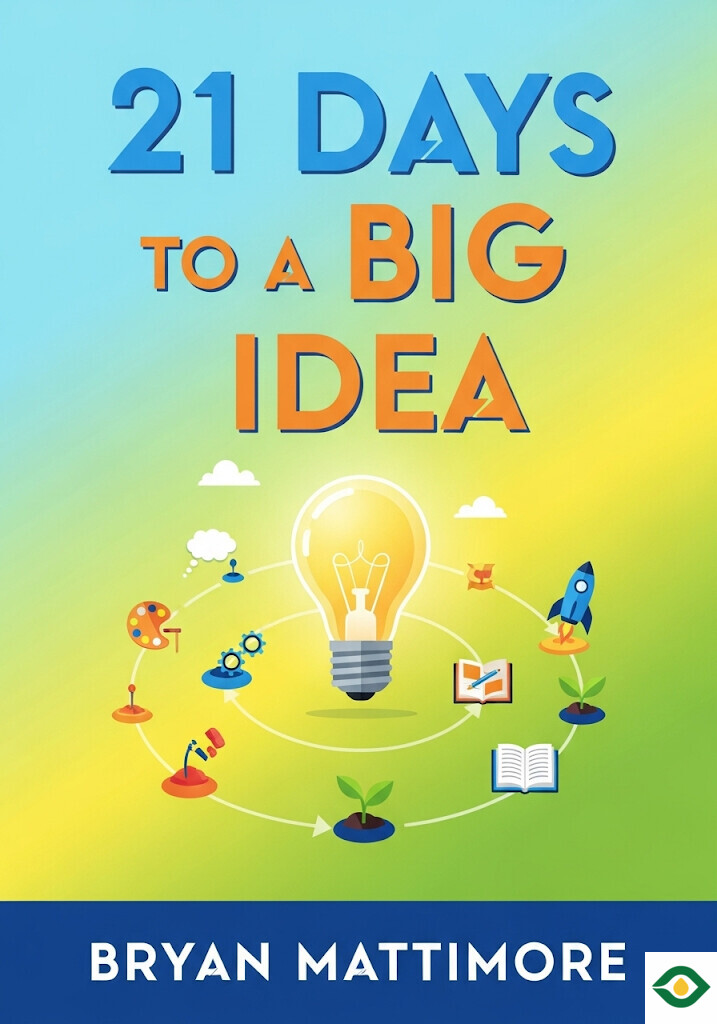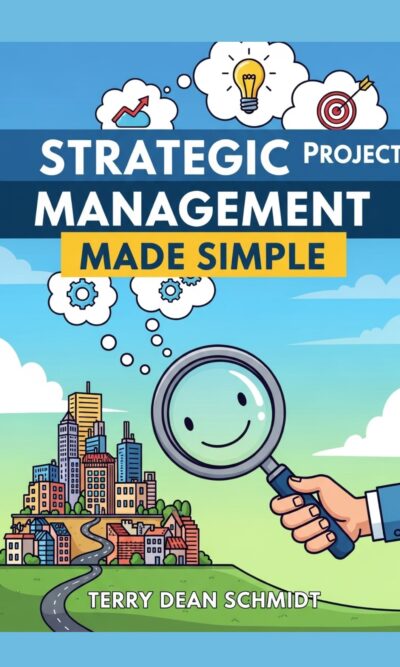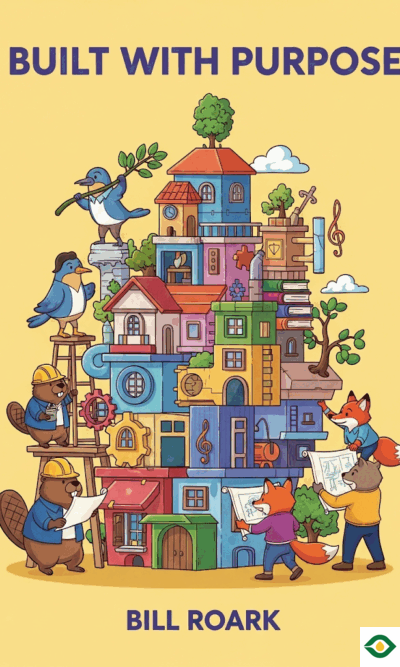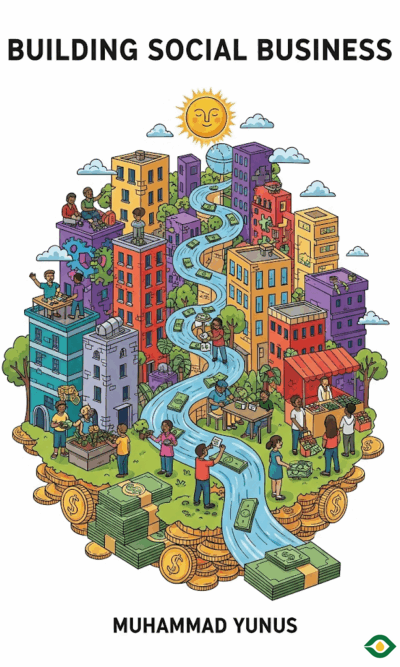Description
Coming up with a big idea can feel like staring at a blank page. It’s overwhelming, confusing, and sometimes paralyzing. But what if there was a structured way to guide your thinking, spark creativity, and lead you toward building something valuable? 21 Days to a Big Idea is a practical, playful, and refreshing program designed to help anyone—no matter their background—generate meaningful business ideas. Over the course of three weeks, you learn to brainstorm, rethink old problems, combine existing tools in new ways, and discover the hidden opportunities all around you.
The first lesson is that creativity isn’t reserved for artists, musicians, or scientists. It’s just as important in business. You need creativity to notice problems, to design products, and to make people pay attention to what you’ve built. Creativity isn’t something you either have or don’t—it’s something you can train, nurture, and strengthen, just like a muscle. The book shows you step by step how to exercise it.
One of the oldest and simplest tools is brainstorming. Thomas Edison, one of the most prolific inventors in history, was known for scribbling down pages of ideas each day. Most were not worth pursuing, but buried within those lists were the sparks that eventually became lightbulbs, phonographs, and countless other inventions. Brainstorming lets you silence your inner critic and reconnect with your playful, childlike imagination. By writing down dozens of ideas quickly, you start to see patterns that reveal your deepest passions and interests. These are the fertile grounds where great ideas grow.
The next key is to pay attention to everyday annoyances. Many of the world’s best products started with a simple irritation. Facebook, for example, began as a small attempt to solve a young Mark Zuckerberg’s social problem. Nasal strips came from one man’s frustration with breathing difficulties. A simple itch often becomes the start of an entire business. The book teaches you to constantly ask: What’s the problem here? The more closely you observe your own daily life, the more universal frustrations you’ll notice. Each one holds the seed of a potential solution.
But you don’t always have to invent from scratch. Some of the most powerful innovations are built by combining existing technologies in new ways. Smartphones themselves became the launchpad for thousands of apps. Drones, once mostly military tools, are now delivering medicine or capturing wedding photos. The lesson is clear: take something that exists, understand its strengths, and apply it somewhere unexpected. Creativity is often recombination.
At the same time, the book reminds us not to ignore our inner child. Studies have shown that children score far higher than adults on creativity tests. They wish for impossible things—flying, teleportation, invisibility—and it’s from those wild wishes that airplanes, virtual reality, and invisibility sprays eventually emerged. To come up with big ideas, you must let your playful side and your rational side work together. Dream like a five-year-old, then analyze like an adult. That combination is where the magic happens.
One fun exercise introduced is the “and” technique. This involves randomly combining two unrelated words and challenging yourself to invent something from them. “Illuminated” and “sock” could become glow-in-the-dark socks for finding pairs in the dark, or stylish nightwear. It seems silly, but it forces your brain to think differently and quickly. Even in 30 seconds, people come up with novel concepts. If you’re interested in a specific field, you can fix one word—say “flowers”—and combine it with a rotating set of other words like “celebrities,” “technology,” or “sports.” Suddenly you’re imagining celebrity-designed bouquets or interactive flower arrangements.
The internet, too, becomes a treasure chest once you learn how to use it for trends. Blogs, reports, and newsletters constantly share what’s happening in fashion, wellness, technology, and beyond. By studying trends, you can predict where demand is heading. Then, by asking six simple questions—who, what, when, where, why, and how—you can stretch a trend into new markets. For example, mindfulness is popular in schools, but could also benefit doctors, athletes, or even couples about to be married. Each question uncovers new possibilities for turning a cultural movement into a business opportunity.
Finally, the book teaches the importance of “billboarding.” Every product has a core strength, a unique benefit that sets it apart. To find it, you first clarify what your product does, then list all its benefits, and finally highlight the strongest one. That key benefit becomes the heart of your slogan, your pitch, and your brand identity. Just like Bounty’s famous “quicker picker upper,” your billboard phrase tells the world exactly why your product matters. For example, a lightweight cardboard stroller could be branded not only as affordable and safe, but also as fun for children to decorate—earning a catchy name like “The Playhouse Stroller.”
The bigger message of the book is that you don’t need to wait for lightning to strike. With structured methods—brainstorming, problem-spotting, combining technologies, playful wishing, word games, trend analysis, and billboarding—you can train yourself to see opportunities everywhere. Creativity is less about being a genius and more about showing up each day with the right tools and habits.
By the end of 21 days, you’ll have pages of ideas, many of which can be refined into real, workable business concepts. Not every idea will be worth pursuing, but the process ensures that you’re never stuck staring at a blank page again. The book encourages you to share and discuss your ideas with others, because conversation often unlocks fresh perspectives you may have missed. Collaboration fuels creativity just as much as solitude does.
In simple terms, this book is not about making you the next Edison or Zuckerberg overnight. It’s about building a mindset where creativity feels natural, playful, and within reach. It shows you that every small frustration, every playful wish, and every passing trend is an opportunity waiting to be noticed. If you practice the methods and commit to exploring freely for 21 days, you might just surprise yourself with the big idea you’ve been searching for.





